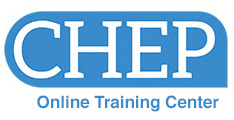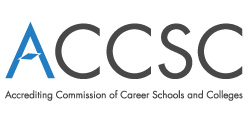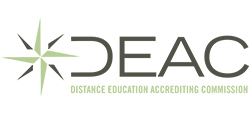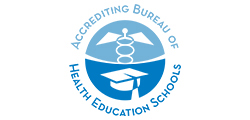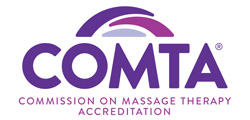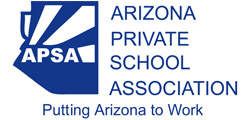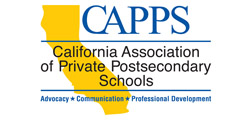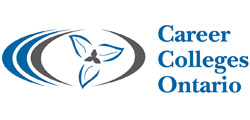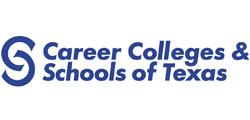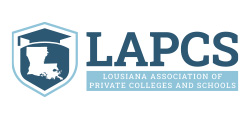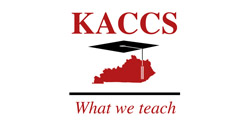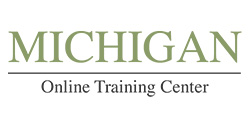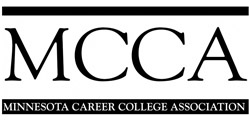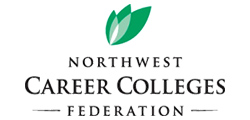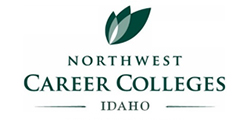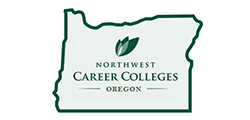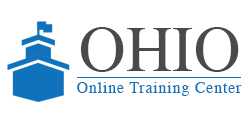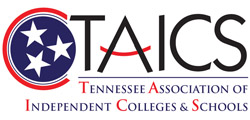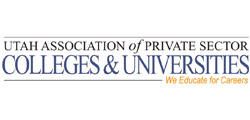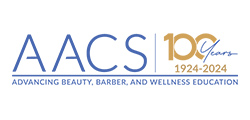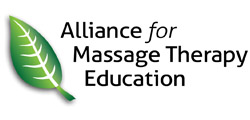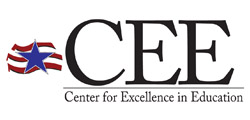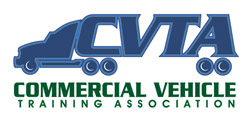Badge Evidence | Completed Courses (4 Hours Each)
CM107-CRDSustaining a Culture of Compliance: The Role of Faculty and Staff
This course is designed for either an institution's full or part time staff and faculty members. The course focuses on building and sustaining a campus-wide culture of compliance as opposed to simply providing a multitude of standards and regulations. In short, CM107 hopes to provide the information staff and faculty need to say or do the right things when interacting with both prospective and enrolled students about their education - online or face-to-face - as well as the consequences of saying or doing the wrong things whether by mistake or with intent. Components on ethics, customer service and fostering a culture of compliance in the new normal of educational delivery are also included.
This is a private course intended for associates employed by Concorde Career Colleges.
ED101Effective Teaching Strategies
This introductory course covers the essential roles of a teacher and the competencies required to be a successful instructor in an educational institution. Proven techniques and strategies for planning and preparation are presented and discussed. In addition, the course offers effective methods for conducting the first class meeting and delivering course content. This course provides a solid foundation for new instructors and serves as an excellent refresher for more experienced instructors.
ED109Preparing and Creating Lesson Plans
This course will inform you of how careful lesson planning can help to ensure increased student engagement. Proper lesson planning will enable you to teach effectively and efficiently, and ultimately help students meet learning objectives. The information in this course will provide the framework for instructional development enabling you to properly structure a detailed, well thought-out lesson plan.
ED111RActive Learning Methods
This course provides an introduction to the concept and philosophy of active learning, and describes a variety of methods to help instructors "activ-ate" their class. The course includes active learning examples that utilize both critical and analytical thinking skills. We also identify the risks that may discourage instructors from using active learning strategies and offer suggestions for managing them. A three-step method is suggested for developing an active lesson, and a comprehensive model is offered as a guide for creative active learning strategies.
ED129Practical Applications for the Flipped Classroom
This course will provide you with an overview of various practical applications for the flipped classroom. The flipped classroom, also referred to as the inverted or reversed classroom, has been implemented in many classroom settings. This course will provide more information about engaging pedagogical models, just-in-time teaching, collaborative teaching and learning, and various components of the flipped classroom.
ED206Teaching in the Lab and Shop Environment
The classroom in an educational institution is often more than just chairs, books, and a white board. Frequently the learning takes place in a lab or shop environment, where the traditional rules of classroom management and teaching may not always apply. This course covers the instructional techniques necessary for the non-traditional classroom, including strategies for teaching to each student's individual learning style. In addition, this course describes strategies for assessing student progress. Safety guidelines and considerations for specific lab and shop environments are identified.
ED210Implementing Online Learning Augmentations in Hands-on Programs
This course highlights the various ways in which learning can be more applied and integrated through the use of online instructional tools and environments. This is the case for all programs, including "hands-on" programs. The process of learning integration necessarily includes other steps in the process and these are explored in this course. These include expanding content, encouraging applied questioning, and analyzing implications. Throughout, the importance of online tools and environments are explored in relation to supporting more integrative and applied learning.
ED310Teaching Medical Terminology in Fun and Exciting Ways
Have you ever seen your students falling asleep in class? Have they been less than excited to learn medical terminology? In this course you will discover ways to teach medical terminology that keep your students interested, attentive, and highly engaged in the critical concepts and applications they need to know. Learn to use these active methods, as well as the reasons behind them, and watch your student success rates increase as you adapt and apply new methods to your medical terminology classes.
Please note that ED310 presents learning activities that are applicable to the on-campus classroom or lab. It is not designed for instructors who teach Medical Terminology in the online environment.
ED311Creative Teaching Tools in Clinical and Didactic Courses
Have you ever wondered how to make your health classes more "real" world? In this course, you will learn ways to get students thinking in terms of successfully applying their skills in the workplace. Utilize instructional tools and actual sample methods for teaching critical thinking in both the clinical and didactic learning environments, and share ideas that have worked for you.
ED312Using Learning Preferences to Engage Allied Health Students
Have you been frustrated in your allied health classes when students don't "get it"? Have you tried repeatedly to teach a difficult student and it didn't seem to work? Sometimes it is a difference in learning preferences that creates this misunderstanding. In this themed course, you will learn about different learning deliveries that will engage your health students as well as how to teach to them in a variety of practical ways that are fast, easy, and effective. This course follows an interesting "fairy tale format," with several characters you will meet here and may see in your classroom.
ED330Effective Assessments for Bodywork Instructors
As a hands-on instructor, have you ever asked yourself, "I taught it, but did they learn it?" Have you ever struggled with developing evaluation tools relevant to the hands-on field? This course shifts focus from teaching to learning. It advocates for a learner-centered, competency-based classroom where quality evaluation is crucial. The course uses Bloom's taxonomy as a guide for developing learning outcomes and the assessments to measure student success. A variety of evaluation tools and rubrics are introduced. Authored by Angie Myer, former massage educator/administrator and content specialist for the Commission on Massage Therapy Accreditation (COMTA), the course also introduces national standards in the field. It uses the COMTA Competencies and the Entry-Level Analysis Project (ELAP) learning outcomes as examples. The course objectives are aligned with the Alliance for Massage Therapy Education (AFMTE) Teacher Competencies, but the course can be applicable to beginning or veteran instructors of any hands-on field.
ED406Motivating Others
Motivation can be the difference between success and failure. In this course, the idea of how motivation impacts people will be discussed. Activities will focus on improving motivation in students, and other people you interact with, as well as yourself. The goal of this course is to help develop a better understanding of the topic, and produce tangible resources to help implement plans, strategies, and ideas at your institution. In addition to lecture videos, resource links, and assessments, you will be able to utilize Learning Activities, which will continue to be useful after successful completion of the course.
ED409Gamification in the Classroom
This course will explore the field of gamification and the way that gaming and gaming elements have come to impact our everyday lives, and can improve our courses. Focusing on easy-to-implement concepts, this course will help you to begin utilizing gamification elements to increase learner engagement and motivation, and increase overall student success.
The goal of this course is to help develop a better understanding of the topic and produce tangible resources to help implement plans, strategies, and ideas at your school. In addition to lecture videos, possible resource links, and assessments, you will be able to utilize the Journal and Learning Activities.
EL102Online Teaching Techniques
Your degree of success as an online instructor relies heavily on several factors, among which are your level of preparedness before the date on which the course is launched; your ability to make a smooth transition into the roles and responsibilities associated with teaching in an online environment; and the effectiveness and efficiency with which you manage learners, instructional transactions embedded in the course as well as the learning environment. In this course, you will learn how to project your authority and presence into the e-learning environment, build a relationship with each learner, promote and nurture learner participation, provide informative and constructive feedback in a timely manner, minimize attrition, manage communications, manage unacceptable behavior and resolve disagreements.
EL113Active Learning in an Online Environment
This course will provide you with a basic overview of the background and history of the popular instructional method called active learning. This method differs from traditional educational methods such as the lecture model. Active learning has a definite place in education especially in the online learning environments. It is used to support teaching outcomes like critical thinking skills, interpersonal skills and knowledge acquisition that all instructors wish for their students. However, active learning it calls for a change of attitude on the part of students and the instructor in order to be successful. But the advantages far outweigh the disadvantages as it can make students enthusiastic about learning. Learn about this brave new world of teaching and learning for the next generation.
HE106CStudent Information, Rights, and Safety
In this lesson, you'll review the federal and accreditation standards governing the collection and disclosure of student information. In addition, federally mandated campus safety standards that impact operations at postsecondary institutions are reviewed.
Topics covered in this lesson include:
- Family Education Rights and Privacy Act (FERPA)
- Record of Complaint
- Title I of the Student Right-to-Know
- School Safety Enhancements Act
This is a custom version of HE106 providing a certification of completion.



